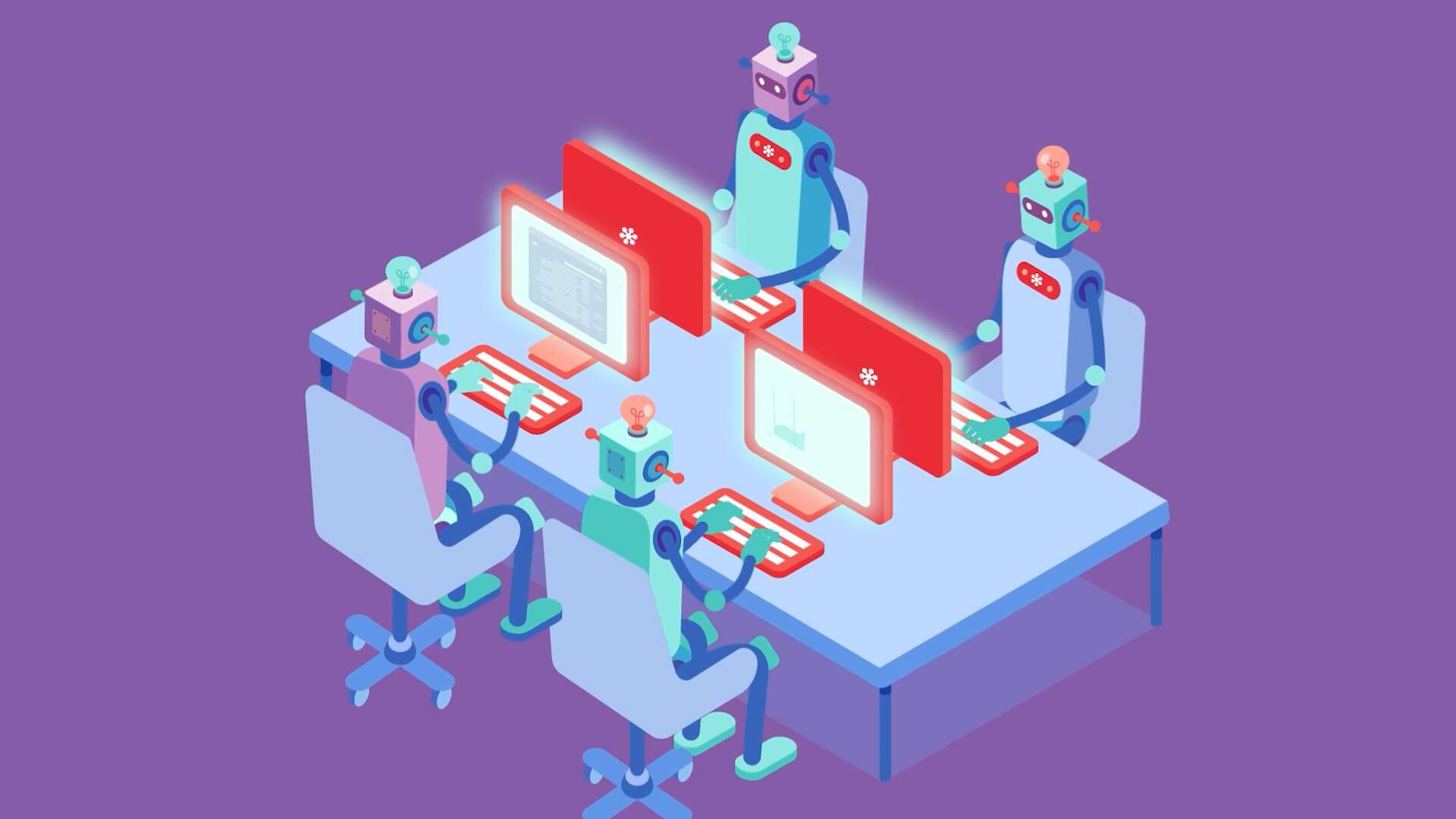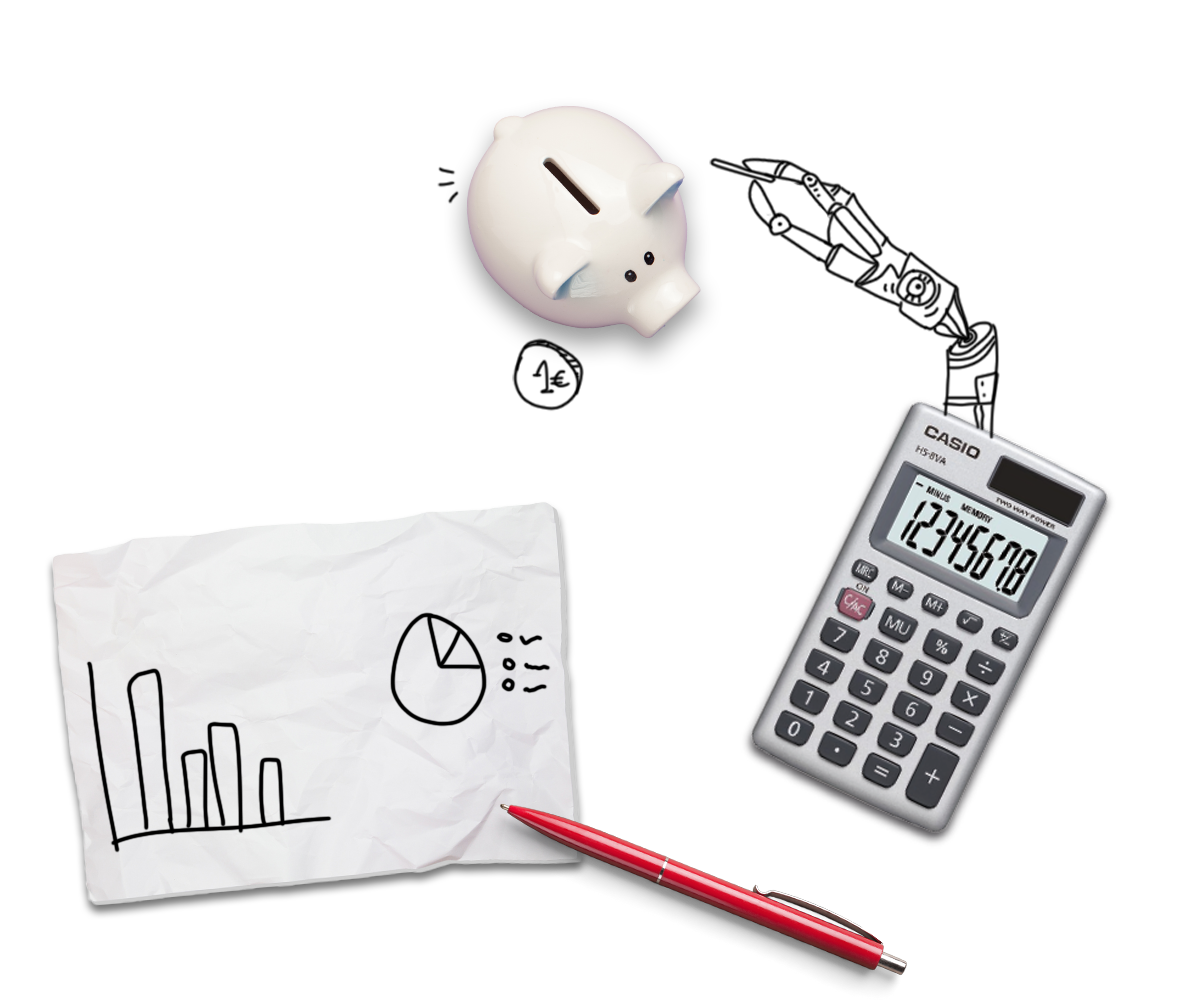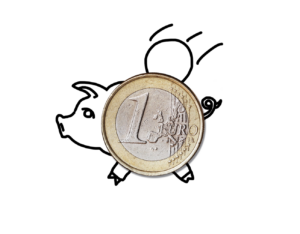HOW MUCH TIME DOES AUTOMATION SAVE
We found out that when it comes to invoice processing, a robot saves 50% to 60% of the working time of a human. In one hour, the robot can process 31 to 37 more invoices.


Where you can use automation
INVOICE MANGEMENT
What the robot does
The robot regularly checks incoming emails. If an invoice arrives in the email, the robot receives it, scans it, checks all the filled-in data, matches the invoice to its purchase order, fills in the data in the accounting system, uploads the invoice, and then sends it for approval.
PRICE COMPARISON AND SUPPLIER SELECTION
What the robot does
All you have to do is send the robot a list of equipment or office supplies that your company needs to purchase. The robot then searches for these products on the Internet or in predefined ordering systems. It downloads the necessary information, such as price, detailed product description, and product reviews, and then sends a summary by email. The employee simply selects the product they want to order. The purchase order is then generated by the robot.
TRAVEL ORDERS
What the robot does
Immediately after the travel order is approved and the bills and receipts are scanned, the robot checks the amounts and calculates the allowances. In the event of any irregularities, it informs the person in charge. If everything is correct, the robot copies individual items into the accounting system and assigns them to the employee. The accounting department receives information about the activity performed, allowing it to reimburse the costs to the employee.
BANK STATEMENT REGISTRATION AND BOOKING
What the robot does
The robot regularly downloads bank statements or the relevant import file and then copies or imports the data into the accounting system. The robot is not affected by any external factors, which guarantees that no error is made when copying items from the bank statement. If you also need to assign individual items from the bank statement to invoices and check if the invoices have been paid, this is not a problem for the robot. Based on payment details and identifiers (variable, constant, or specific symbol), it matches the payment to the pur-chase order and sends a notification that the invoice has been paid.
REPORT AUTOMATION
What the robot does
At a defined time, the robot enters specified systems and searches for the required data. Once collected, the robot evaluates the data and saves them in any format (e.g., Excel) where it can do things like create required contingency tables and charts, compare the data to the previous period, and create a forecast for the next period. After the robot has created all the necessary reports, it will send them to your email with comments if required.
INVOICE, RECEIPT, AND BANK STATEMENT ARCHIVING
What the robot does
As soon as the receipt or invoice is scanned into a folder, the robot checks it in accordance with predefined rules, verifies if the items are acceptable, and then sends it for approval. When the receipt or the invoice is approved, the robot copies the data into the accounting system and saves the document in the electronic archive. This ensures the accurate registration of individual receipts and invoices and saves on archiving.
CHECKING FOR DUE INVOICES
What the robot does
After an invoice is registered in the system, the robot reads it and remembers its due date. The day after the invoice is due, the robot checks whether the invoice has been paid. If not, the robot sends a notification to the finance department staff or to the merchant or the client. After a certain time, the robot checks again whether the invoice has been paid and reports this information by email to the people in charge.
What are the steps in automation process?
CONSULTATION
The first thing that is needed is a meeting where we can talk to your IT department and the people who have been performing the processes you wish to automate. Together we will set up and define the necessary access rights.
MEETING
Meetings are usually about two to three hours long, and they do not have to be in person: conference calls via Skype, Teams, Webex,Zoom, and so on are enough.
PROPOSAL
Based on these meetings, we will document the process and propose how it should be automated.
AUTOMATION
We automate processes in the existing systems that you normally use. We do not create any new systems or modify existing ones.
HOW LONG DOES AUTOMATION TAKE?
The automation itself does not take long. We are able to deliver a complete and implemented robot for your systems within three to four weeks from the first meeting.
WHAT IS THE RETURN OF INVESTMENT IN RPA?
The return on investment in software robots ranges from six to twelve months. The complexity of the actual implementation is minimal compared to implementing a new system.
BENEFITS OF AUTOMATION
TROUBLE-FREE INVOICE MANGEMENT After receiving an invoice, the robot automatically processes the document and registers it in the accounting system, thus saving up to 80% of the time that would otherwise be spent on this task. Employees just check and approve the invoice.
FULLY AUTOMATED REPORTING Searching for data in various systems is time-consuming and error-prone. The robot prepares all reports at any time of the day or night. In the morning, you find them all in your email. With RPA you can save 100% of the time and bring the error rate to zero.
STREAMLINED BOOKING OF BANK STATEMENTS Each month finance department staff must manually download statements from the company’s bank accounts and upload every single item to the accounting system, which can take several hours or even days. With the help of a robot, this activity can be fully automated and the robot can perform it at night, thus saving employees 100% of their time.
IMPROVED PAYMENT DISCIPLINE The checking of paid invoices can very easily become an exhausting activity, especially if you issue or receive dozens of invoices every day. The robot can check the due dates of all invoices and send notifications to clients or suppliers. Thanks to this, not a single invoice will be overlooked.
REPORTING After each completion of the robot’s tasks, you receive a report with information on what the robot accessed and what it did. The robot does not store any information, so sensitive data stay within your company.


